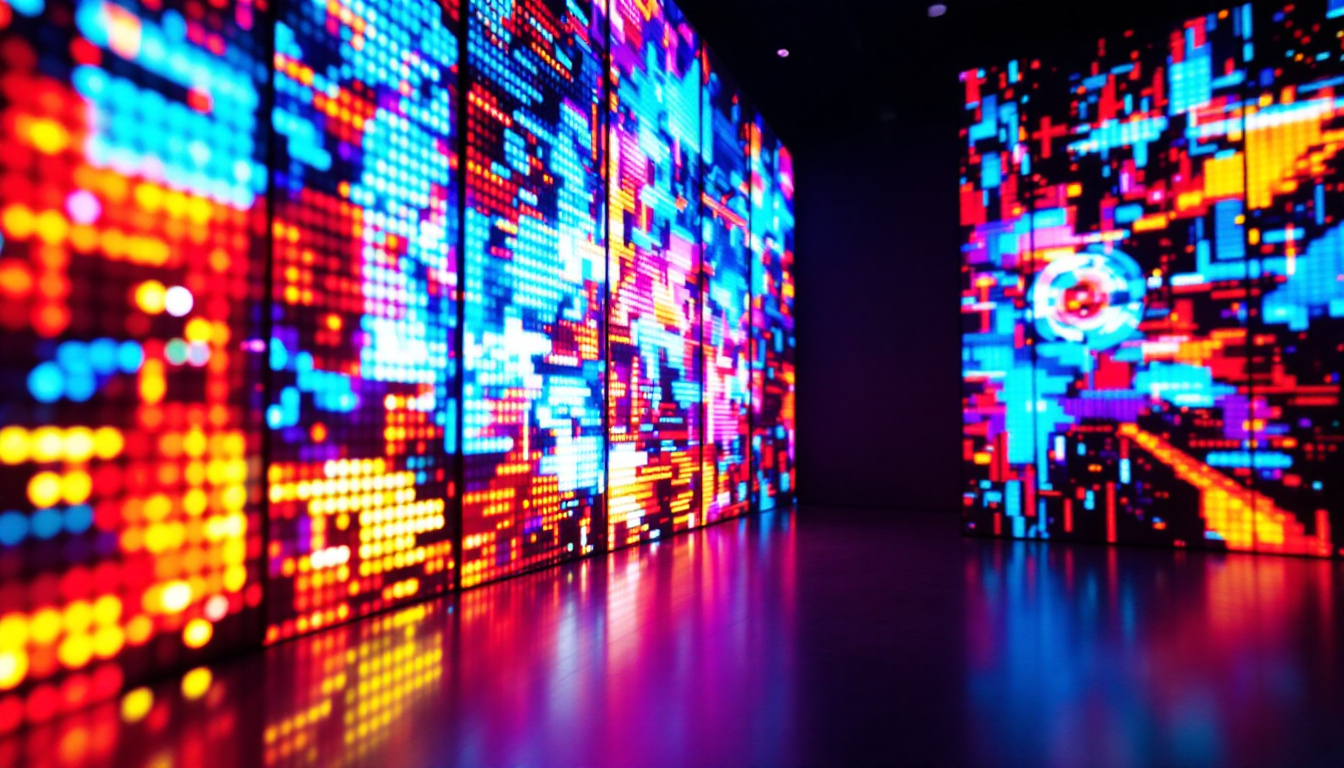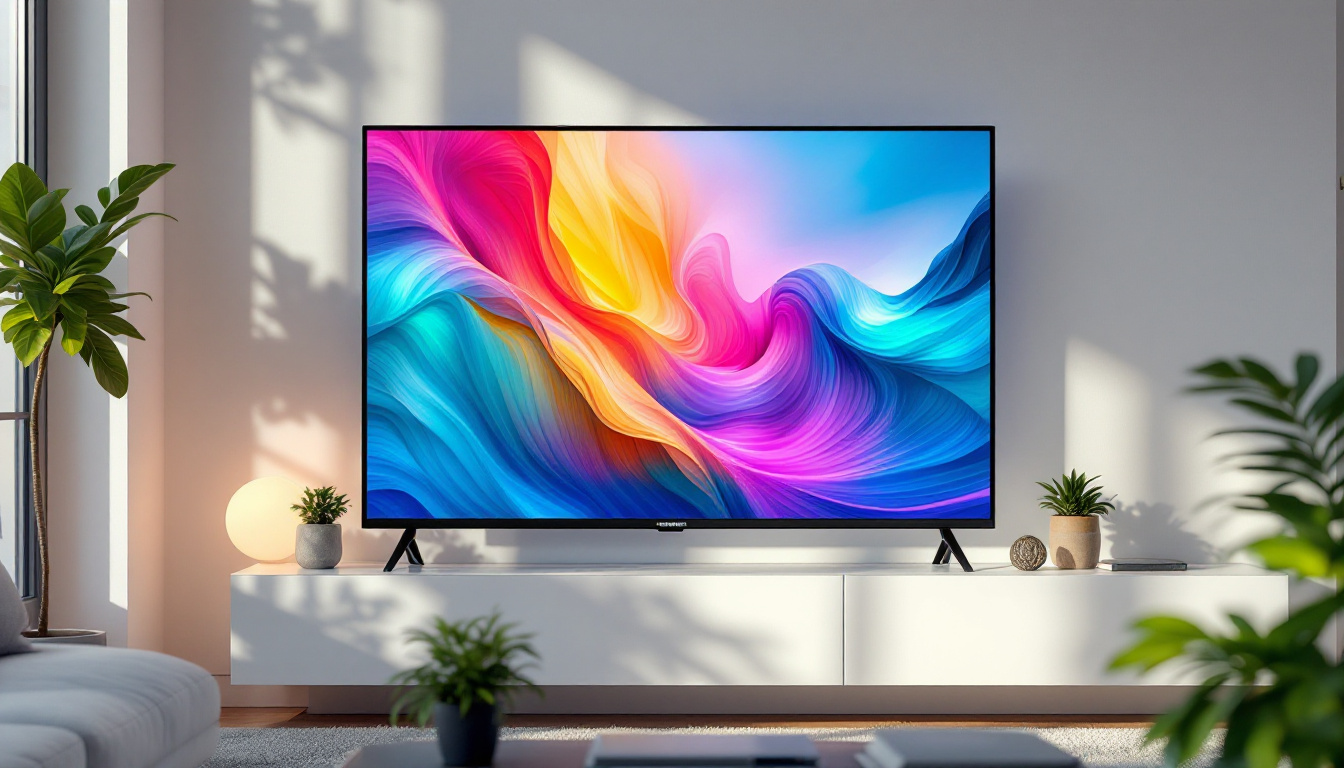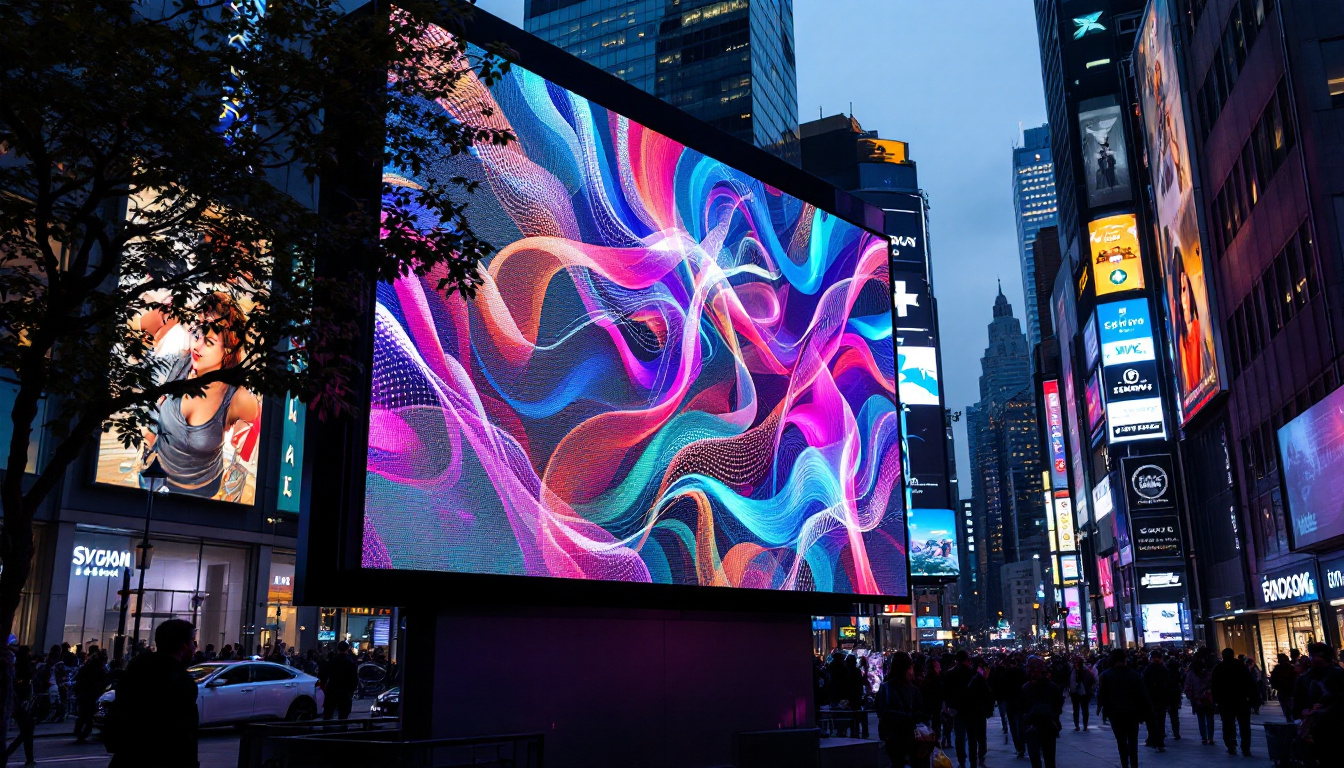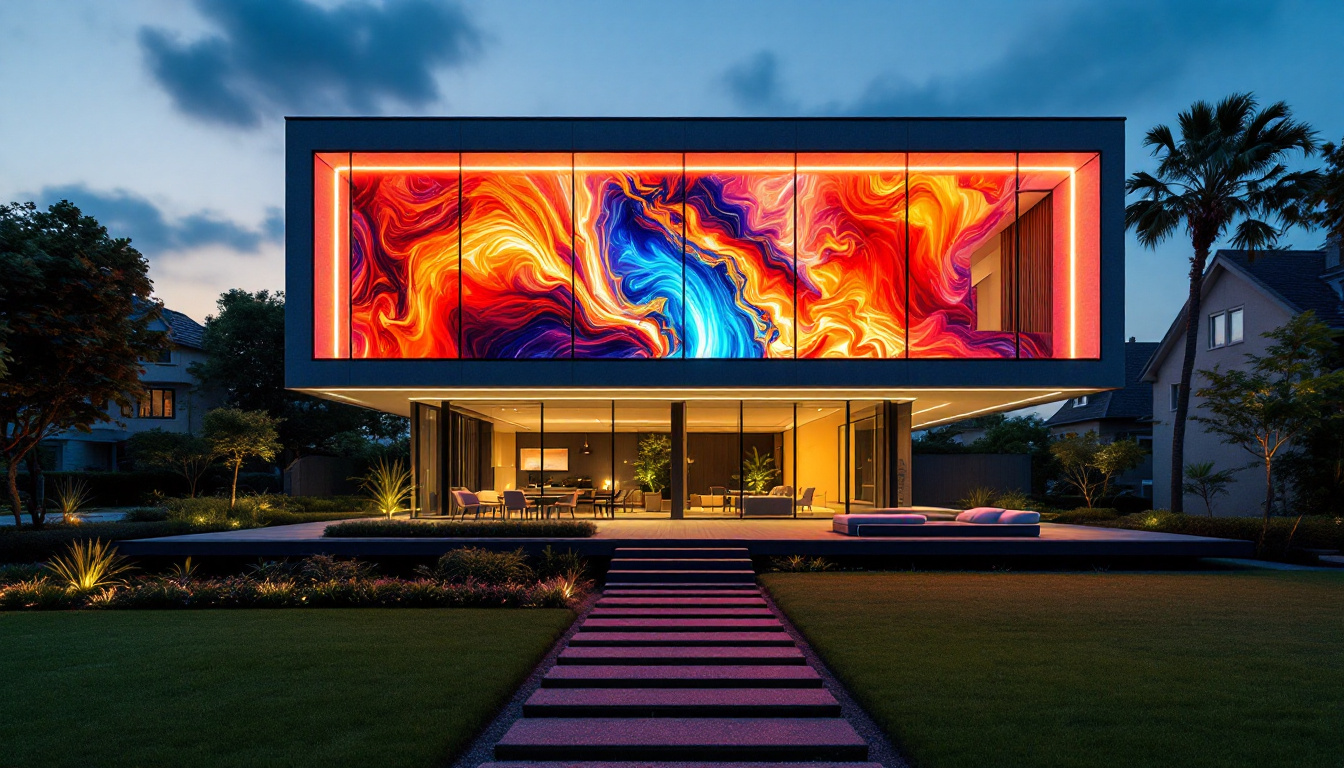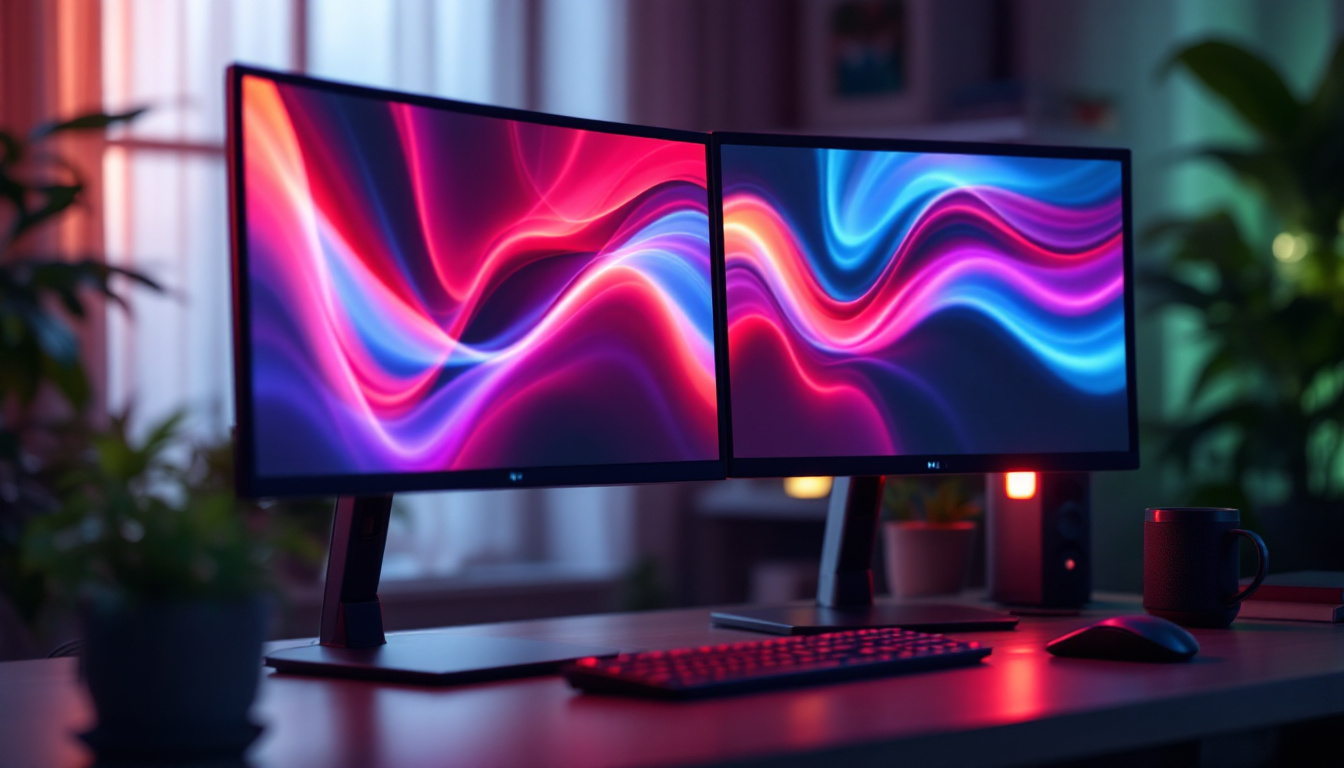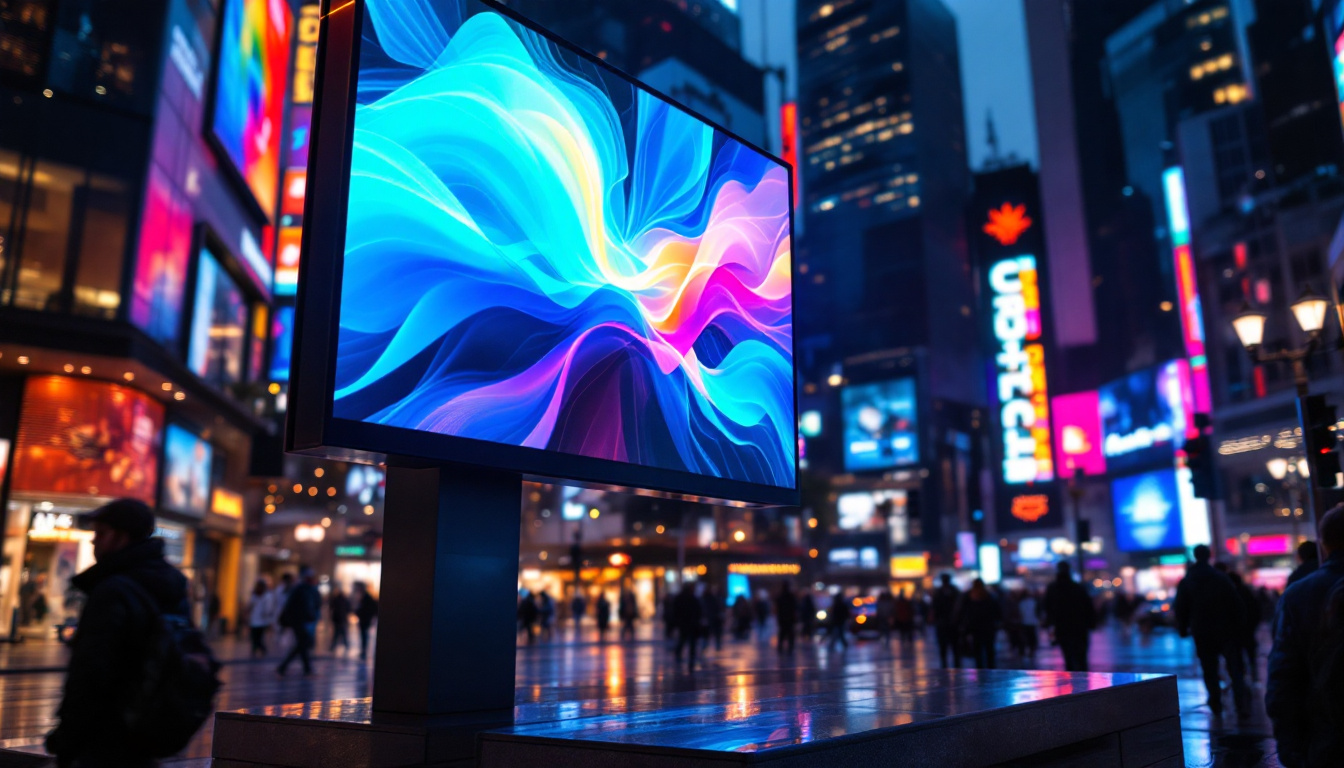In the ever-evolving world of technology, monitor screens have undergone significant transformations. Among the various types available, LED displays have emerged as a popular choice for both casual users and professionals. This article delves into the intricacies of LED displays, exploring their advantages, disadvantages, and the various types that exist within this category.
Understanding LED Technology
LED, or Light Emitting Diode, technology has revolutionized the way screens display images and videos. Unlike traditional LCD screens that rely on fluorescent backlighting, LED screens utilize tiny diodes that emit light when an electric current passes through them. This fundamental difference leads to numerous benefits, making LED displays a preferred option for many.
How LED Displays Work
At the core of an LED display are the individual diodes that create light. These diodes can be arranged in various configurations, either as edge-lit or backlit displays. In edge-lit displays, the LEDs are positioned along the edges of the screen, while backlit displays feature a grid of LEDs behind the screen. This arrangement allows for greater control over brightness and contrast, contributing to the overall image quality.
Moreover, LED technology can be combined with other technologies, such as OLED (Organic Light Emitting Diode), to enhance color accuracy and contrast. This combination has paved the way for high-end displays that offer stunning visuals, making them ideal for gaming, graphic design, and video editing. The rapid response time of these displays also ensures that fast-moving images are rendered smoothly, which is crucial for an immersive viewing experience.
Benefits of LED Displays
LED displays offer numerous advantages over traditional display technologies. One of the most notable benefits is their energy efficiency. LED screens consume less power compared to their LCD counterparts, which not only reduces electricity bills but also minimizes environmental impact. This energy efficiency is particularly important in large installations, such as commercial displays or public signage, where the cumulative savings can be substantial.
Additionally, LED displays provide superior brightness and contrast. This means that images appear more vibrant and lifelike, enhancing the overall viewing experience. Furthermore, LED technology allows for thinner and lighter screens, making them more portable and easier to integrate into various settings. The durability of LED displays is another significant advantage; they are less prone to damage from impact and can withstand a wider range of temperatures, making them suitable for both indoor and outdoor applications. As a result, they have become a popular choice for everything from home entertainment systems to large-scale advertising billboards.
Types of LED Displays
LED displays can be categorized into several types, each with its unique characteristics and applications. Understanding these types is essential for making an informed decision when purchasing a monitor.
Full-Array LED
Full-array LED displays feature a grid of LEDs placed behind the screen, allowing for precise control over brightness and contrast. This technology enables local dimming, where specific areas of the screen can be dimmed or brightened independently. As a result, full-array LED displays deliver exceptional picture quality, particularly in dark scenes.
These monitors are particularly favored by professionals in fields such as photography and video editing, where color accuracy and detail are paramount. The ability to achieve deeper blacks and brighter whites enhances the overall visual experience, making full-array LED displays a preferred choice for creative work. Additionally, many full-array LED models come equipped with advanced color calibration features, ensuring that the colors displayed are as true to life as possible. This level of precision is crucial for graphic designers and artists who rely on accurate color representation in their projects.
Edge-Lit LED
Edge-lit LED displays, as mentioned earlier, utilize LEDs positioned along the edges of the screen. This design allows for thinner monitors, making them an attractive option for consumers looking for sleek aesthetics. However, edge-lit displays may not offer the same level of contrast and brightness control as full-array models.
Despite this limitation, edge-lit LED displays are still popular for general use, such as office work and casual gaming. They provide decent image quality at a more affordable price point, making them accessible to a broader audience. Furthermore, many edge-lit models include features like anti-glare coatings and energy-saving modes, making them suitable for various environments, from brightly lit offices to cozy home settings. Their lightweight design also makes them easy to mount on walls, appealing to those who want to save space or create a modern look in their living areas.
OLED vs. LED
While discussing LED displays, it’s essential to mention OLED technology, which has gained popularity in recent years. OLED displays use organic compounds that emit light when an electric current is applied. This technology allows for true blacks, as individual pixels can be turned off completely, resulting in infinite contrast ratios.
Although OLED displays offer superior picture quality, they tend to be more expensive than traditional LED displays. For users who prioritize image quality and are willing to invest in high-end technology, OLED may be the ideal choice. However, for those seeking a balance between performance and cost, LED displays remain a solid option. Additionally, OLED technology is often lauded for its wide viewing angles, making it a great choice for group viewing situations, such as movie nights or gaming sessions with friends. As OLED continues to evolve, manufacturers are also working on addressing concerns like burn-in, which can affect the longevity of these displays, further enhancing their appeal to consumers looking for cutting-edge technology.
Choosing the Right LED Monitor
When selecting an LED monitor, several factors should be considered to ensure it meets individual needs and preferences. Understanding these factors can help streamline the decision-making process.
Screen Size and Resolution
The size of the monitor plays a crucial role in the overall viewing experience. Larger screens provide a more immersive experience, especially for gaming and multimedia consumption. However, it’s essential to consider the resolution as well. Higher resolutions, such as 4K, offer sharper images and greater detail, making them ideal for professional work and high-definition content.
For general use, a 1080p resolution may suffice, while gamers and professionals may benefit from higher resolutions. Assessing the intended use of the monitor can help determine the appropriate size and resolution.
Refresh Rate and Response Time
Refresh rate and response time are critical specifications for gamers and those who engage in fast-paced activities. The refresh rate, measured in hertz (Hz), indicates how many times the screen refreshes per second. A higher refresh rate, such as 144Hz or 240Hz, results in smoother motion and reduced motion blur, enhancing the gaming experience.
Response time, on the other hand, measures how quickly a pixel can change from one color to another. Lower response times are preferable for gaming, as they reduce ghosting effects during fast action sequences. For casual users, standard refresh rates and response times may be adequate.
Connectivity Options
Modern monitors come equipped with various connectivity options, including HDMI, DisplayPort, and USB-C. It’s essential to consider the devices that will be connected to the monitor and ensure compatibility. Additionally, built-in features such as USB hubs and audio outputs can enhance the overall functionality of the monitor.
Common Applications of LED Displays
LED displays are utilized across various sectors, each benefiting from the unique characteristics of this technology. Understanding these applications can provide insight into the versatility of LED monitors.
Gaming
The gaming industry has embraced LED technology, with many gamers opting for monitors that offer high refresh rates and low response times. LED displays provide vibrant colors and sharp images, enhancing the overall gaming experience. Features such as adaptive sync technology further improve performance by reducing screen tearing and stuttering.
Many gaming monitors also come equipped with customizable RGB lighting, allowing users to personalize their setup. This aesthetic appeal, combined with performance, makes LED displays a popular choice among gamers.
Professional Use
In professional settings, LED displays are favored for their color accuracy and clarity. Designers, photographers, and video editors rely on high-quality monitors to ensure their work translates well across various platforms. Full-array LED displays are particularly sought after in these fields, as they provide the necessary precision for detailed work.
Additionally, businesses often utilize LED displays for presentations and meetings. The bright and clear visuals ensure that information is conveyed effectively, making them an essential tool in corporate environments.
Home Entertainment
For home entertainment, LED displays have become the standard choice for televisions and monitors. The combination of high picture quality, energy efficiency, and affordability makes them ideal for watching movies, streaming content, and playing games. Many modern LED TVs also come with smart features, allowing users to access streaming services directly from the device.
As technology continues to advance, the capabilities of LED displays are expected to evolve further, providing even more options for consumers seeking high-quality visual experiences.
Conclusion
LED displays have transformed the landscape of monitor technology, offering a wide range of options for various applications. Understanding the different types of LED displays, their advantages, and how to choose the right one can empower consumers to make informed decisions. Whether for gaming, professional work, or home entertainment, LED monitors provide an exceptional viewing experience that continues to evolve with advancements in technology.
As the demand for high-quality displays grows, LED technology is likely to remain at the forefront, pushing the boundaries of what is possible in visual technology. With ongoing innovations and improvements, LED displays will continue to cater to the diverse needs of users around the world.
Discover Cutting-Edge LED Displays with LumenMatrix
Ready to elevate your visual experience with the latest in LED display technology? Look no further than LumenMatrix, a pioneer in crafting immersive and dynamic LED display modules. Whether you’re seeking to boost your brand’s presence with an Indoor LED Wall Display, captivate passersby with an Outdoor LED Wall Display, or innovate on the move with a Vehicle LED Display, LumenMatrix has a solution tailored to your needs. Their extensive range of products, including LED Poster Displays, LED Sports Displays, Floor LED Displays, Custom LED Displays, All-in-One LED Displays, and LED Transparent Displays, are designed to revolutionize visual communication. Embrace the future of digital signage and create unforgettable visual experiences that engage and inspire. Check out LumenMatrix LED Display Solutions today and transform the way you share your message with the world.











